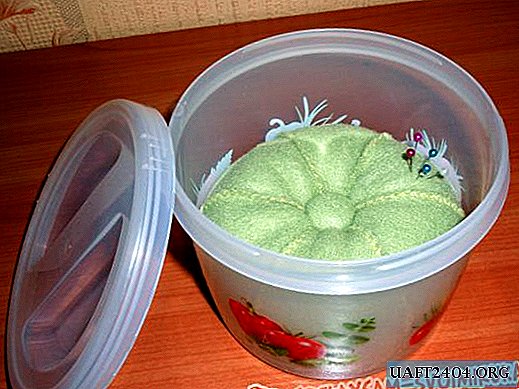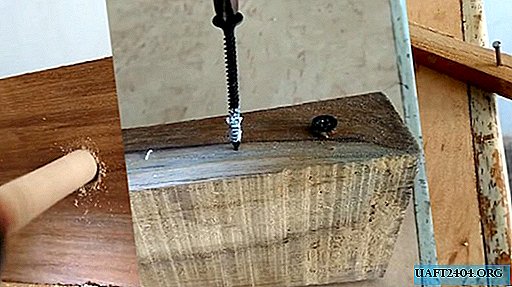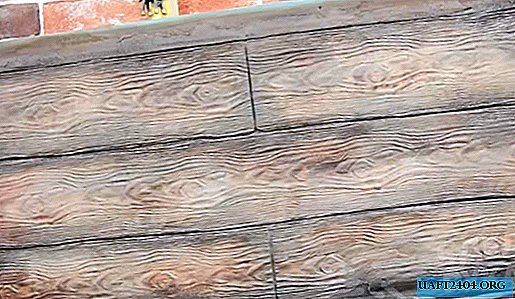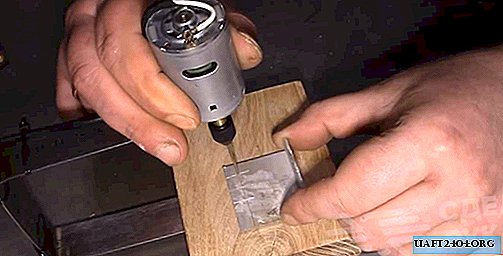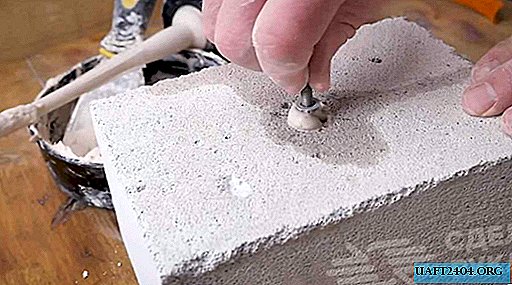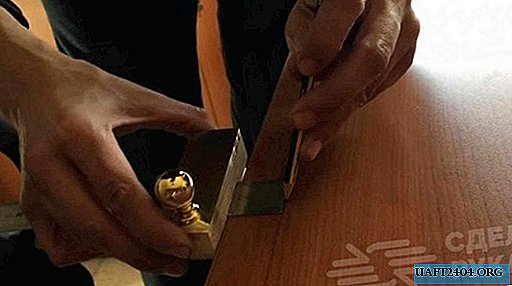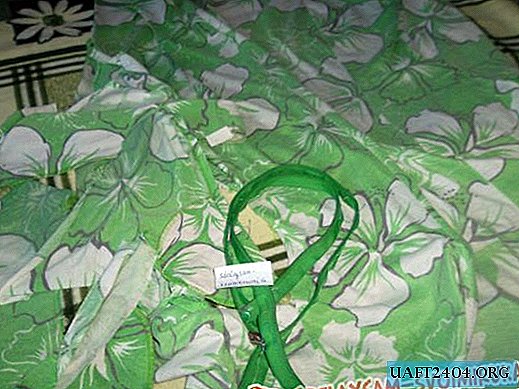Share
Pin
Tweet
Send
Share
Send
The following questions often arise for those who first make cottage cheese at home. I will answer them.
1. What milk to cook homemade cottage cheese from?
Whole milk, as well as pasteurized or sterilized, is suitable. Whole milk is best and quickest to sour. Pasteurized or sterilized a little longer. Ultra-pasteurized milk is not suitable, as it is absolutely dead. If it turns sour, then it’s completely not the bacteria that are needed for cottage cheese.
Milk can be taken both cow and goat.
2. Do I need to boil milk before putting on souring?
If you take milk from a healthy cow, from trusted people, then boiling is not necessary. It will only be necessary to sterilize the finished curd.
If you buy whole milk on the market, then it is better to bring the milk to a boil and turn it off when the first bubbles appear on the surface. The main thing is not to overheat the milk, otherwise the cottage cheese will turn out tasteless.
3. How much milk should be sour?
From 2 to 4 days. It is necessary to wait for the light green water to leave the milk - whey. The smell should be pleasant, sour-milk, without bitterness.
4. What to do with serum?
To drink and drink again. This is an incredibly healthy product! It continues to be healthy and tasty for up to 2 days. From the third day to a week, the serum can be used for cosmetic purposes or for the preparation of pancakes, pies, etc.
So, let's start cooking homemade cottage cheese.
1. Take a can of milk and put in a warm place. My milk is souring well on the table next to the stove.
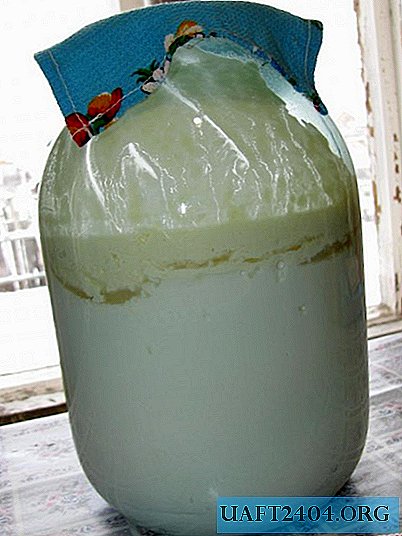
2. After 2-4 days, the milk will turn sour. A layer of sour cream will appear on top, and a greenish transparent serum will appear at the bottom and along the walls of the jar. Someone removes sour cream and eats separately. I give it to the cats. Although it is very tasty in itself, I am not a fan of sour cream. If you leave the sour cream, the cottage cheese will turn out to be fatter, and the final serum will not be transparent, but cloudy white. But this is no less useful.
3. We take a deep pan, put any cloth on the bottom, for example, a towel (so that the jar does not burst). We put a jar of cottage cheese in a pan and add water. It is desirable that the water level reaches the level of cottage cheese in the bank, but if this does not work out, then at least half the can. Turn on a low fire and hold the jar for about 30 minutes to sterilize the cottage cheese. At the same time, the water should bubble slightly, but not boil, otherwise the cottage cheese will boil and will be like rubber.
3. Remove the jar from the pan. There are two ways to separate cottage cheese from whey. In any case, we need gauze about 30 by 30 cm, folded in 2-4 layers.
- Our grandmothers used the first method. They hung a gauze bag with cottage cheese over the pan, whey drained, and the cottage cheese remained. This method is more convenient for me:
- take an ordinary double boiler and put gauze on the top saucepan with holes. Pour cottage cheese from a jar onto gauze. The whey will drain into the lower pan, and the curd will remain in gauze.


4. Serum flows about 30-40 minutes. Do not speed up the process by squeezing the gauze bag. From strong pressure, the cottage cheese begins to seep out and drain along with the whey. As a result, there will be less finished product. Allow the serum to drain. Taste it. It is sour, and most importantly incredibly useful for the whole organism! She wash well, wash her hair. This is an indispensable tool for intimate hygiene. No store gel with lactic acid can replace whey! Especially for women who suffer from thrush.

5. Cottage cheese at home is surprisingly tender, juicy and fragrant.


Share
Pin
Tweet
Send
Share
Send

